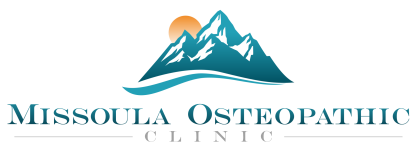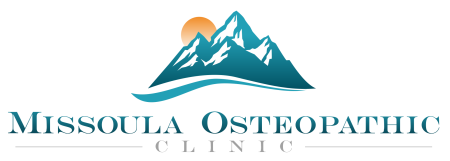PRP For Intimate Wellness
Missoula Osteopathic Clinic introduces the “O-shot” into our practice. The O-shot is a form of PRP therapy. In this case, the O-shot addresses conditions related to female sexual health and enjoyment. This can treat:
- Stress Urinary Incontinence ( urine leakage which can be seen with aging, hormones, and following childbirth)
- Deterioration of the vaginal walls
- Diminished sensitivity of reproductive region
The O-Shot can improve blood flow, nerve sensitivity, and overall sexual function by regenerating tissue. Because this is a natural therapy that uses your body’s own platelets, there is minimal risk and no side effects.
When you come in for your procedure you will:
- Fill out consent paperwork.
- Have the treatment area numbed with topical medication (most people feel no pain during the procedure).
- Get your blood drawn and spun down to isolate the platelet-rich plasma.
- Your practitioner will inject the plasma into the pelvic regions related to sexual function and satisfaction.
- The healing and growth factors cause new cell growth and vascularization to occur over several months. Tissues become more supple, sensitive and elastic. They thicken and produce more lubrication when stimulated.
If you’re a woman who suffers from diminished sensitivity, inability to achieve an orgasm, or urinary incontinence the O-Shot® may offer a natural, minimally invasive solution.
Download the O-shot Consent Paperwork (PDF)
Download the O-shot Post-Care Instructions (PDF)

